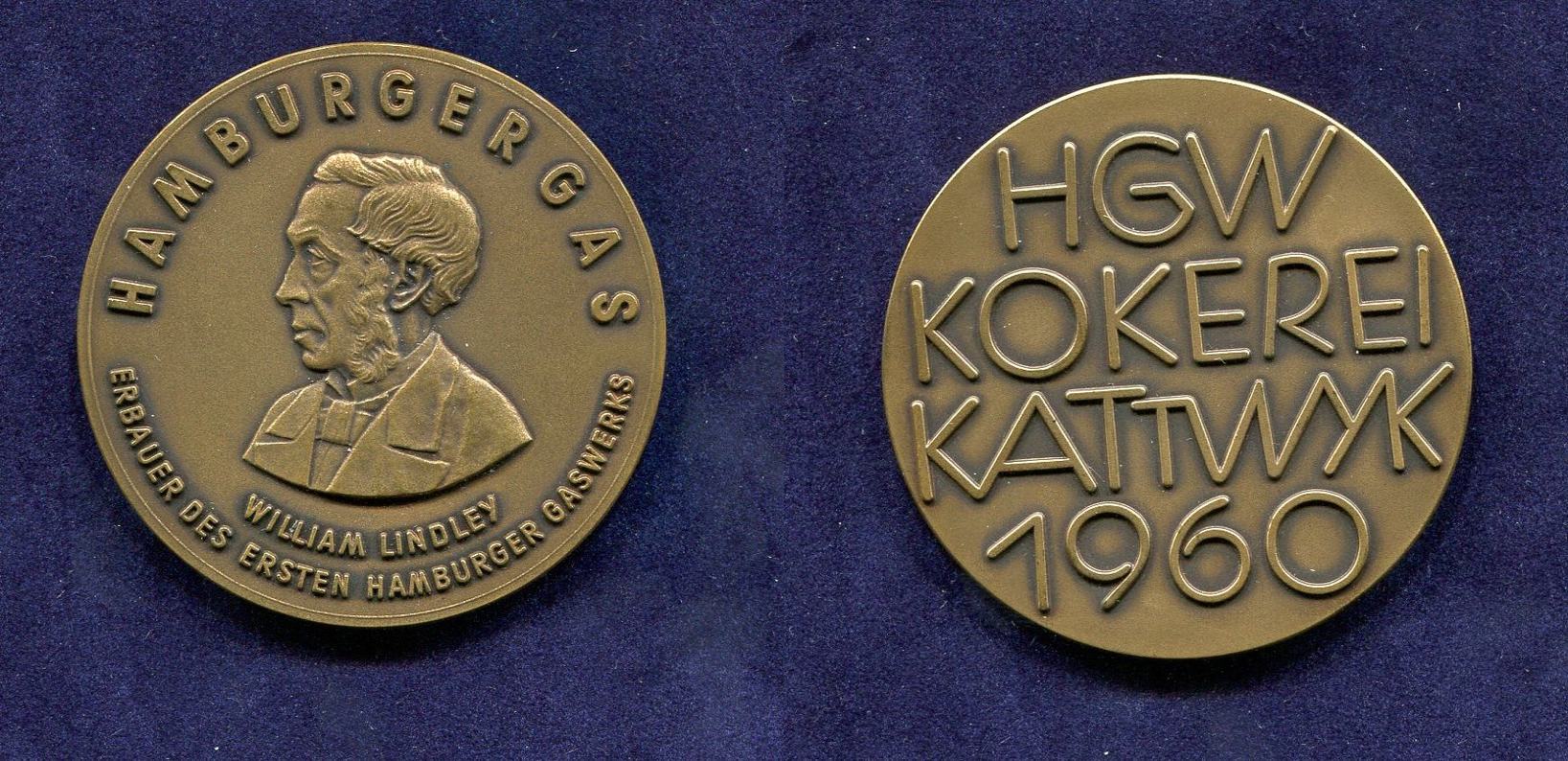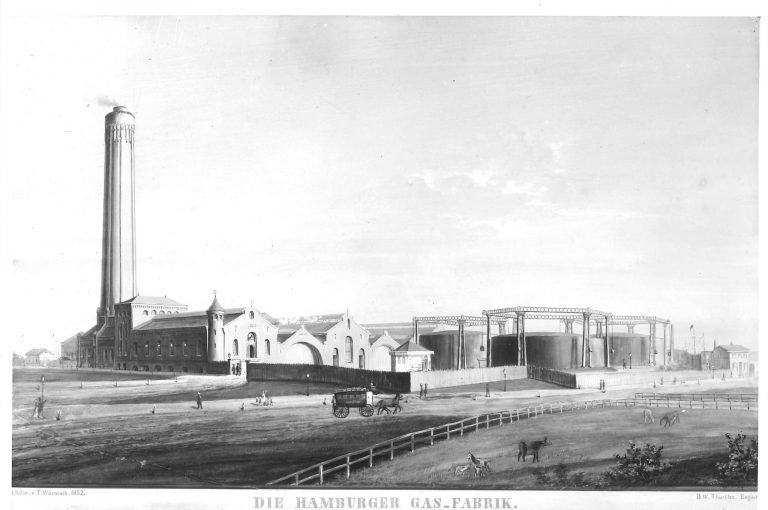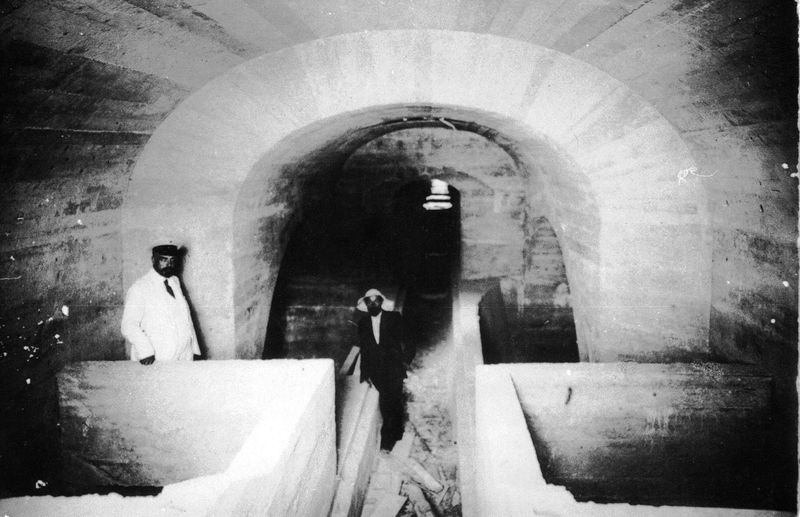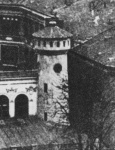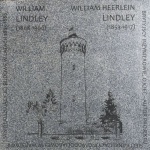Nowości
Water, or observation tower?
To read more click on: czytaj więcej
Water, or observation tower?
One
of the most magnificent buildings in Warsaw, located at Krakowskie Przedmieście
at No. 30, currently houses the Faculty of Geography and Regional Studies of
the University of Warsaw. It is known under
several names Poniatowski / Czetwertyński / Uruski and Tyszkiewicz Palace.The observer may notice from the internal courtyard of the
building a mysterious tower, reminiscent of a modern water supply tower.
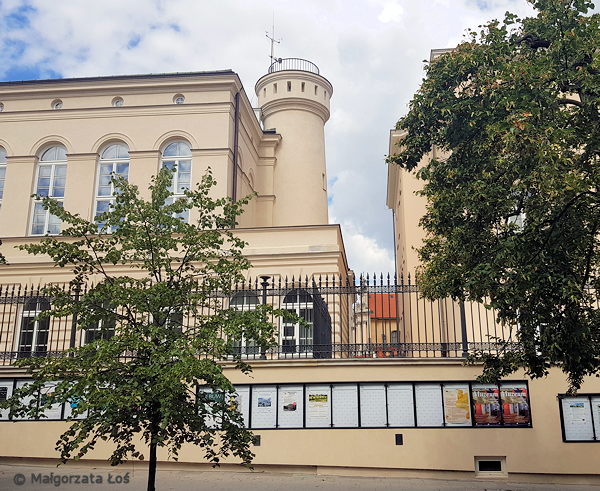
Photography: Małgorzata Łoś
According to numerous publications, it was to be part of the 17th century water supply built according to the design of Titus Liviusz Burrattini, from 1646 in Warsaw, from 1650 the royal architect and palace builder for Kazimierz Poniatowski, brother of the king. At the request of Seweryn Uruski (1817-1890), architect Andrzej Gołoński (1799-1854) demolished the existing buildings and erected here in 1844-1847 a completely new building, leaving "the water tower for the local water supply."
Another reconstruction
of the building, under the direction of Józef Huss (1846-1904), was in
1893-1895.
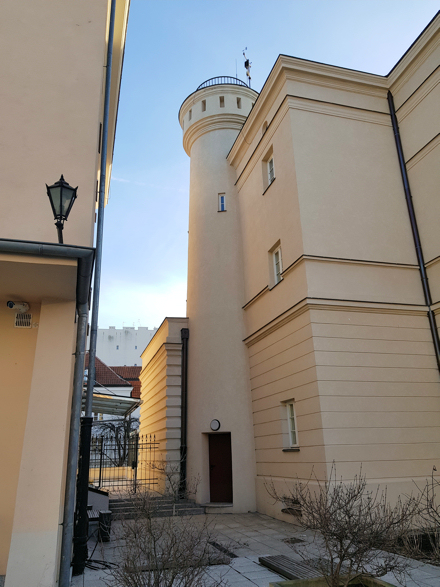
Photography: Małgorzata Łoś
The
preserved photograph from before the outbreak of World War II shows the tower
in all its glory.
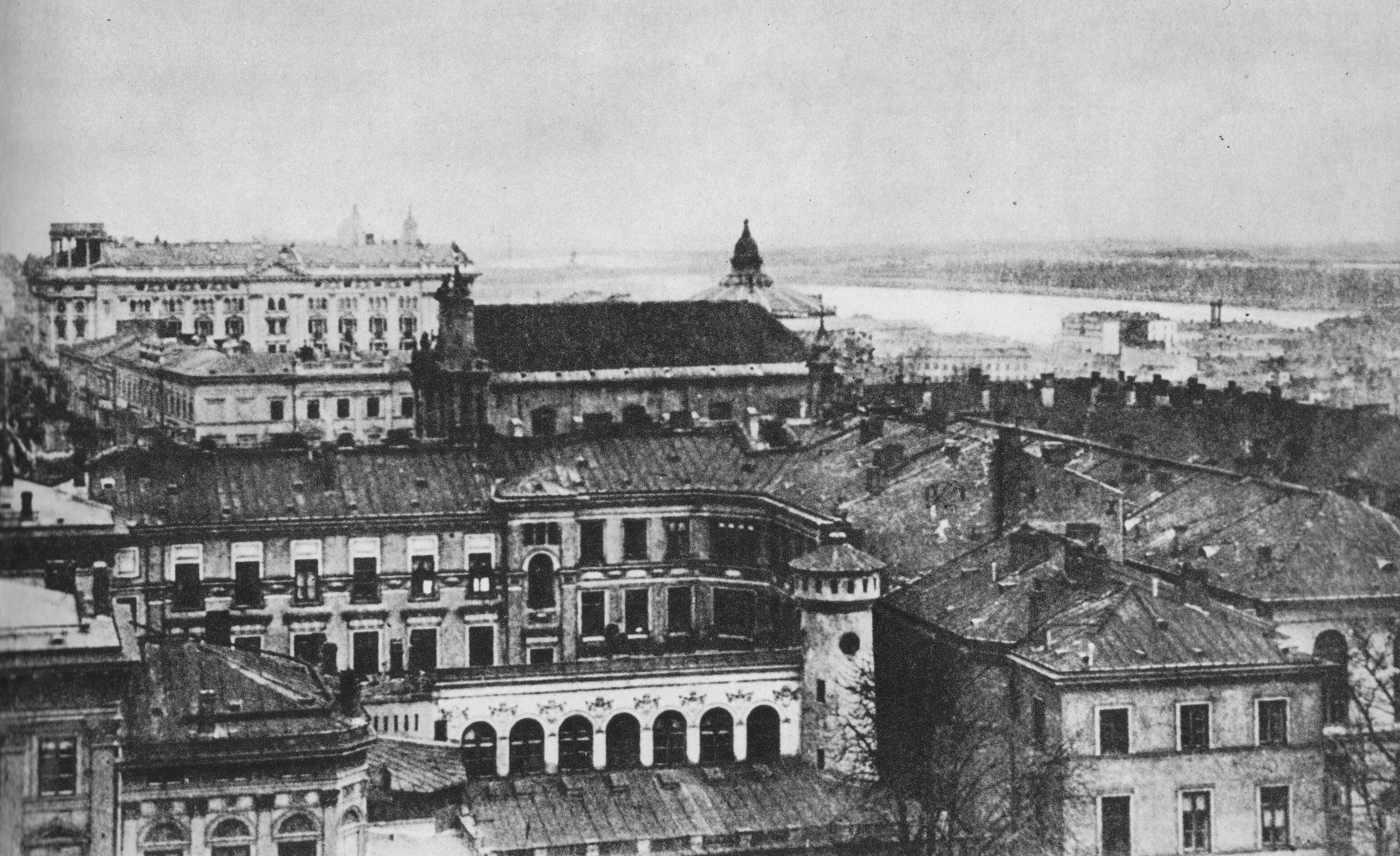
Wikipedia, Warszawa1939
During the World War II, a bomb hit the southern pavilion of the building, destroying several of its rooms. After the fall of the Warsaw Uprising in 1944, the palace was burned by the Germans. His walls, although burned, without roofs and ceilings, survived. After World War II, the palace was transferred to the University of Warsaw, which rebuilt it for the needs of the Geographical Institute. The works, carried out under the direction of architect Jan Dąbrowski, lasted until 1951.
In 2013-2015 he was completely revitalized.
I
share the doubts of some researchers (Marek
Patakiewicz) as to the period of the origin of the tower. As far as one can
agree with the generally accepted information that in the 17th century a water
supply was created here according to the design of Titus Liviusz Burrattini
(1617-1681), the tower presented in the photo has a nineteenth-century look. It could have been a
water tower that stored water, which gravitationally flowed into the taps by
keeping the pressure on the local network. It could also be a
observation tower, today serving climatological measurements and also an
observation tower in the event of a local fire.
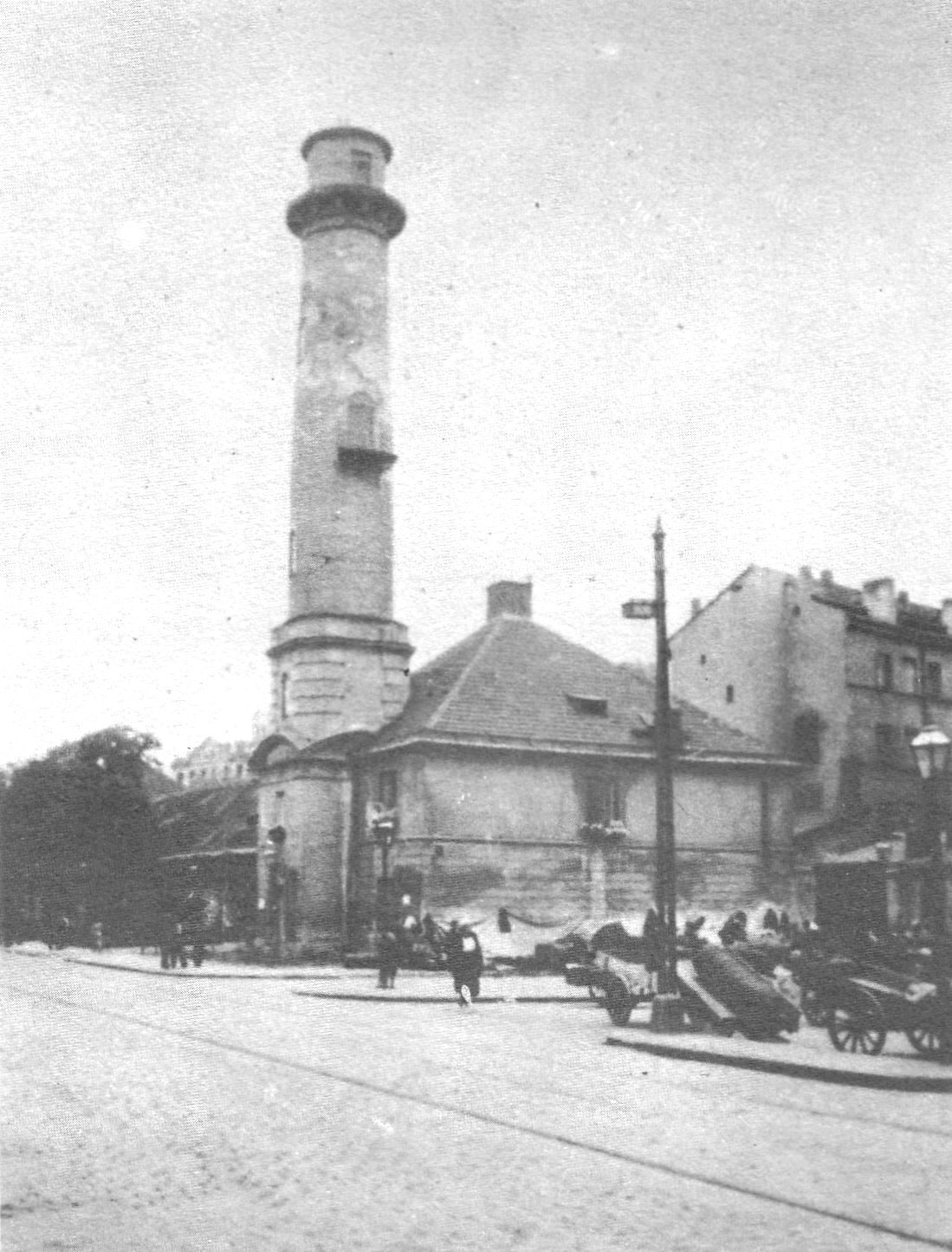
Fire brigade post from 1851 at Cłodna street 3
Sources:
Marek Kwiatkowski, Pałac Uruskich. Państwowe Wydawnictwo Naukowe, Warszawa 1974.
Zdjęcia: Małgorzata Łoś (2018, 2019).
https://wiezecisnien.eu/mazowieckie/warszawa_uniwersytet/
Także: Marek Patakiewicz, http://www.wieze.geotor.pl/wieze_cisn/warszawa_8/warszawa_8.htm
http://miaster.pl/miejsce/palac-uruskich-czetwertynskich/
From our archival shelf
From our archival shelf
In front
of the Office of the Ochota District of the Capital City of Warsaw, at the main
entrance from ul. Grójecka, commemorative paving slabs, devoted to the memory
of people distinguished for Ochota, for Warsaw. One of the boards was dedicated
to the Lindleys - Father William and Son, William Heerlein.
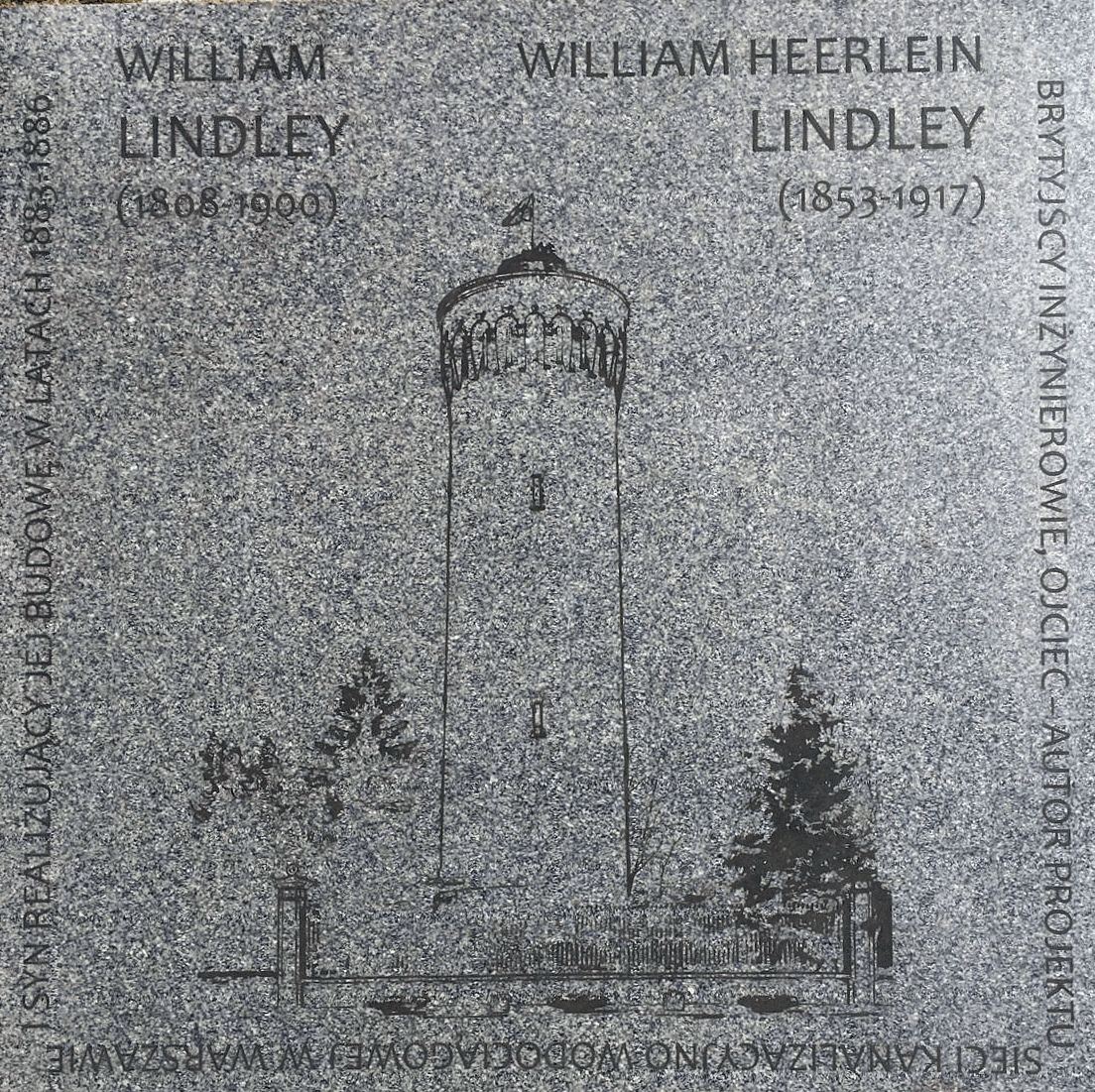
It was here, in this
district, a central water supply was created with characteristic water supply
towers. The idea for launching in the pavement of honoring plates important for
the district was created a few years ago, when the City Road Administration
built a new pavement in front of the district office.
The originator of the
installation of commemorative plates was Piotr Żbikowski, councilor of the
Council of the Capital City of Warsaw Warsaw. It began with Konstanty Julian
Ordon, commemorated by Adam Mickiewicz in the poem "Reduta Ordon" as a
heroic defender of one of the forts from 1831.
Next was Maria Curie-Skłodowska,
a double Nobel Prize winner who is strongly associated with the Ochota
district. Here she built a radio institute, in which the Maria Skłodowska-Curie
Society operates and houses the House of Remembrance.
Then appeared a plaque dedicated to Socrates Starynkiewicz - who was the president of Warsaw in 1875-1892. The natural choice was a record dedicated to English civil engineers. The opportunity was the 150th century to swim the first filtered water in the taps of the inhabitants of Warsaw (2016)
On the 140th anniversary of the contract signed by W.H. Lindley in Warsaw
On the 140th anniversary of the contract signed by W.H. Lindley in Warsaw
On July 23, 1881,
William Heerlein Lindley, authorized by his father, signed a contract with the
Warsaw Magistrate for the execution of sewage and water supply plans and to
supervision of their construction. Agreement between the Magistrate and William
H. Lindley is deposited at the state archive in Warsaw and consists of 42
paragraphs and additional points regarding the relationship between engineers
with the city authorities. The contents of the contract was revealed to the residents of Warsaw only in October with the publication of details in
"Technical Review" monthly.
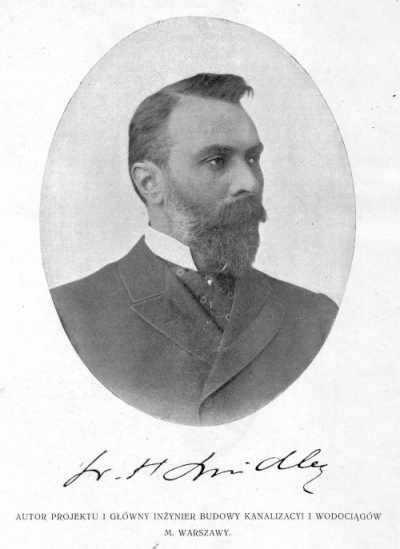
William Heerlein Lindley in Warsaw
The citizen
committee for the construction of sewage and water supply system of the city of Warsaw was gathered two days
later. As "Kurier Warszawski" wrote on 26 July: "The first
meeting [of Committee] was held yesterday under the leadership of the city
President in the presence of Mr.
Lindley, the son. The President presented the main points of the
contract". For "supervision
and executing of works on the construction of sewage and waterworks" the
municipal authorities were obliged to pay Lindley annual remuneration of
equivalent of 2000 Pound Sterlings (paid quarterly in Rubles).
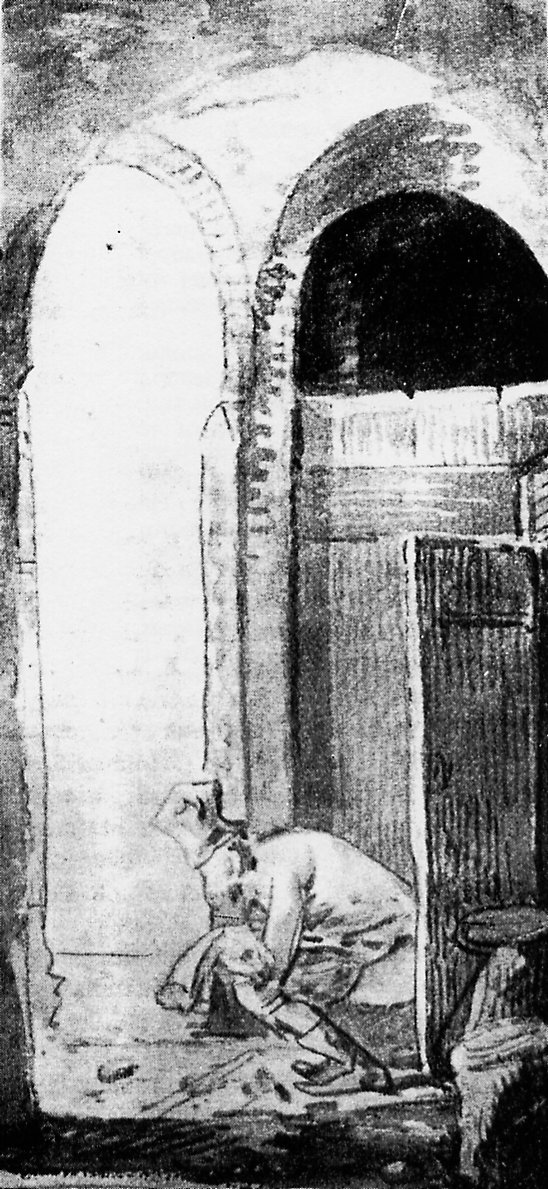
Public place
William
Lindley-father did not come to Warsaw to sign the contract, officially due to
the illness. In reality, because two years earlier he retired and withdrew from
undertaken obligations making a place for his successor, his eldest son. From
all his rights and obligations resulting from the contract with the Warsaw
Magistrate he resigned on August 26, 1881.
With signing of the contract the uncertain situation in Warsaw concerning the fate of this great project finally came to an end. Tsar Aleksander II, who died on March 13, 1881, in a bomb assault directed by the Polis anarchists, was succeeded by his son, Alexander III. In his inaugural speech (manifesto of 14/2 March) he promised “to follow the footsteps of his father and finish all what he began". In the case of Warsaw, the tsar kept his promise and signed relevant documents enabling the construction of local sewage and modern water supply system. The works could have been started, but it took five long years before the inhabitants of Warsaw could enjoy filtered water.
World Water Day and the Polfa Tarchomin Water Tower in Warsaw
World Water Day and the Polfa Tarchomin Water Tower in Warsaw
On March 14, Jakub Lewicki, the Masovian Voivodeship Conservator of
Monuments, informed that the Water Tower of the Polfa Tarchomin Pharmaceutical
Works was registered as a historical monument.
The water tower building was
erected in the complex of pharmaceutical plants in Tarchomin, on the premises
of Ludwik Spiess' plants nationalized after World War II. In 1957, the final project of the tower's crowning by Ing.K. Bohatyrewicz, was
developed by the BIPROFARM company.
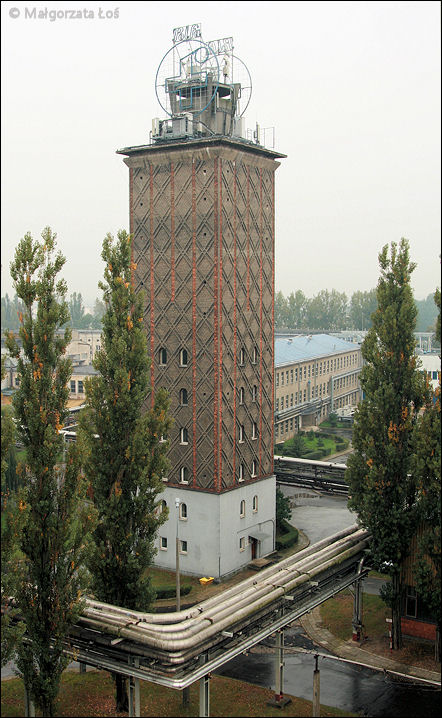
The Tarchomin Water Tower, present day
Phot. Małgorzata Łoś
For more photographs of the tower visit:
Małgorzata Łoś, https://wiezecisnien.eu/mazowieckie/warszawa_polfa/
The 160th anniversary of birth of Joseph Lindley (1859-1906)
The 160th anniversary of birth of Joseph Lindley (1859-1906)
Year 2019 brings the 160th anniversary of the birth of Joseph Lindley
(1858-1906), the youngest of three Lindley brothers. Ten years ago, we devoted
to him the text „On the
margins of the 150th anniversary of the birth of Joseph Lindley" published
in the Chronicle of Warsaw" (No. 1, 2009) included in our E-library under
the title "The Fourth Lindley".
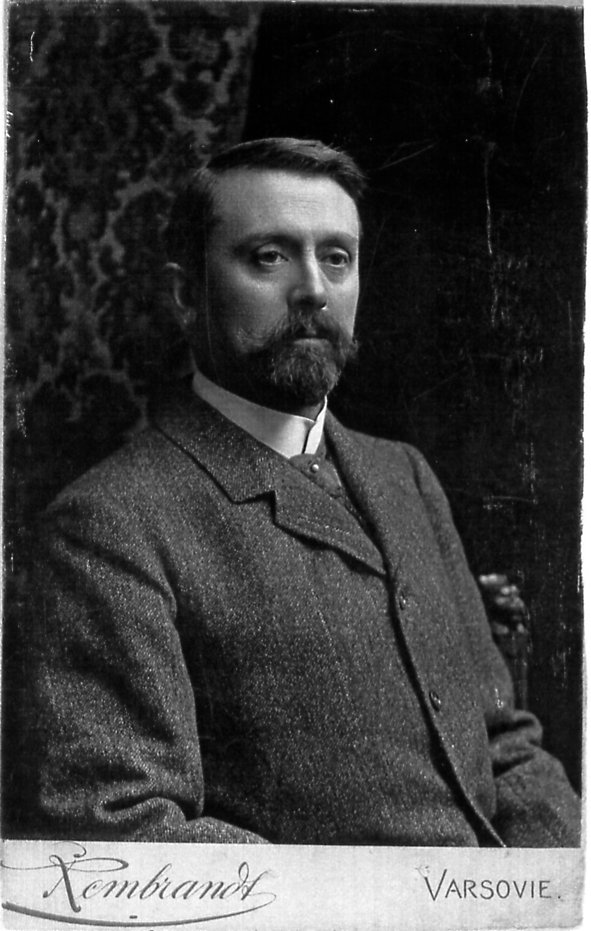
We encourage you to read it again. Today we will only remind our friends and readers that he came to Warsaw in December 1888 to replace his older brother Robert, who decided to with his family return to England.
As a representative of the chief engineer William H„eerlein, he took over supervision of the city's measurements and the construction of sewage and water supply systems. He surrounded himself with Poles, participated in the current life of the city, co-financed and was a faithful reader of the „Technical Review". He enjoyed the respect of his employers and the sincere sympathy of those with whom he cooperated. Among the features that characterized him were: justice, goodness of heart and helpfulness for everyone who turned to him for help. In 1894 he married Emma Emilie Suermondt from Wroclaw. They had one son named Henry (Harry) William.
He died on April 20, 1906 at the Ober Ursel (Oberursel) hospital, only forty-seven years old. Joseph Lindley spent most of his professional life in Warsaw.




